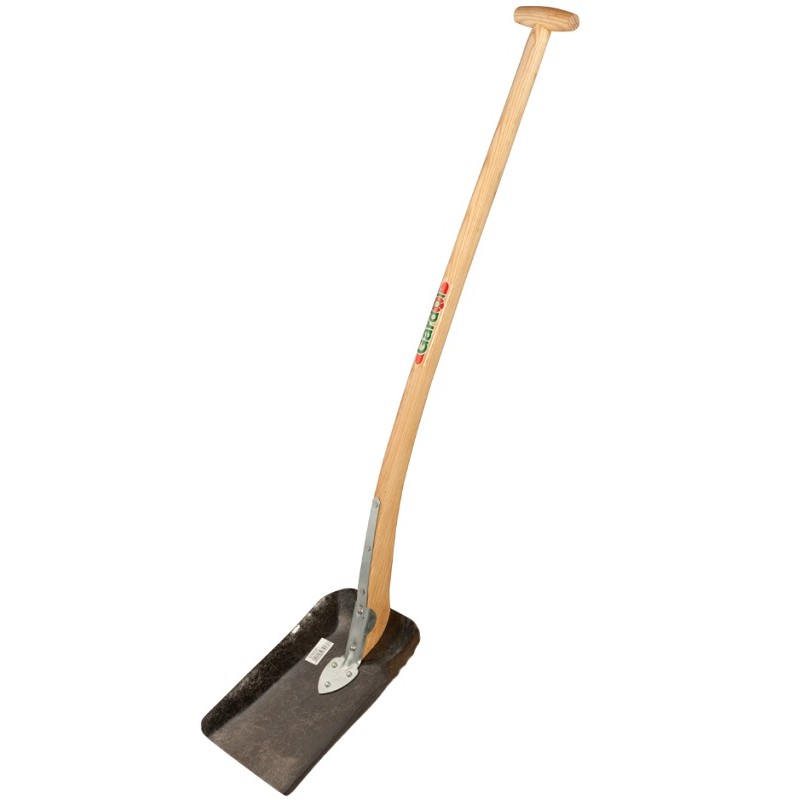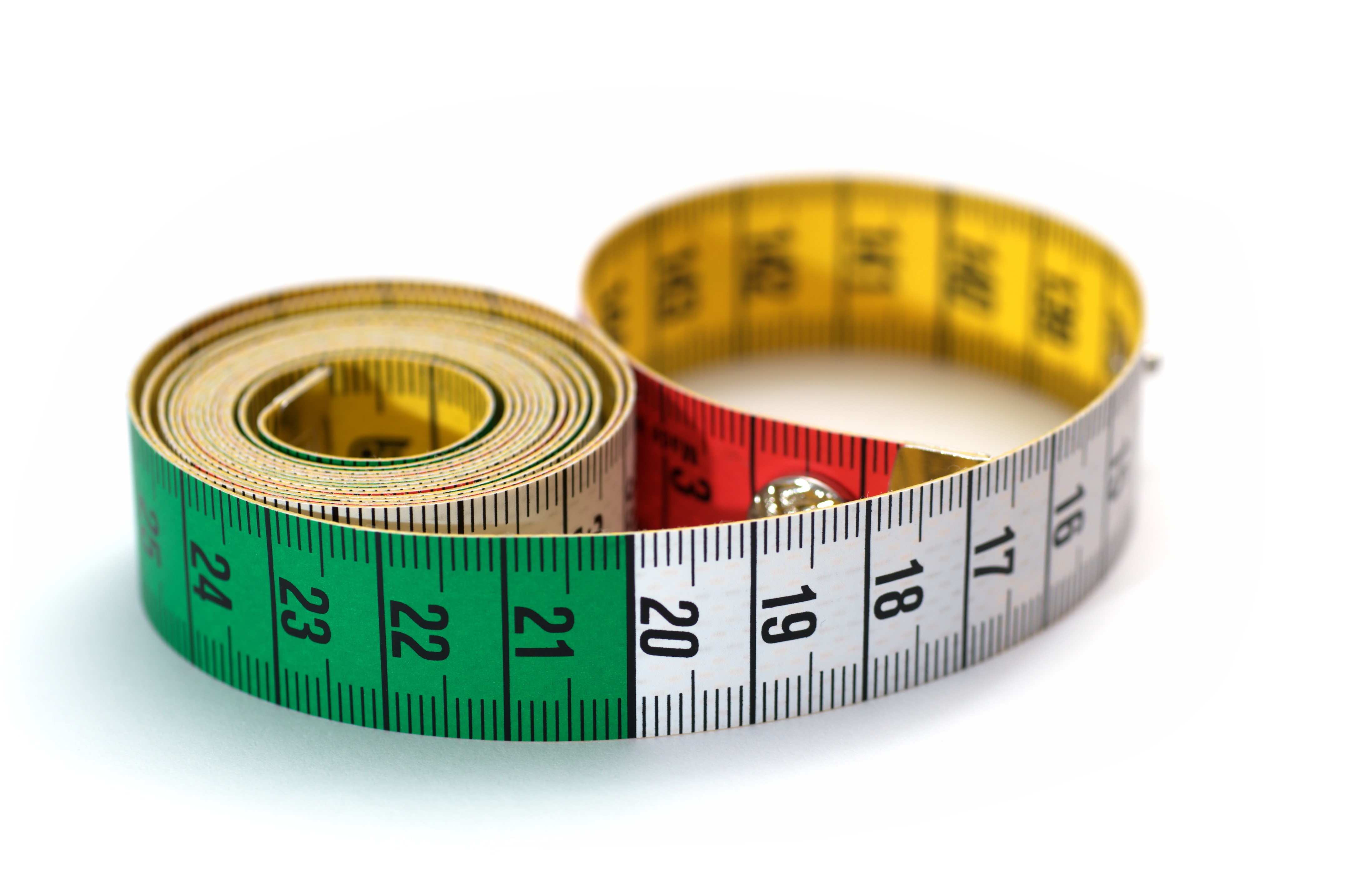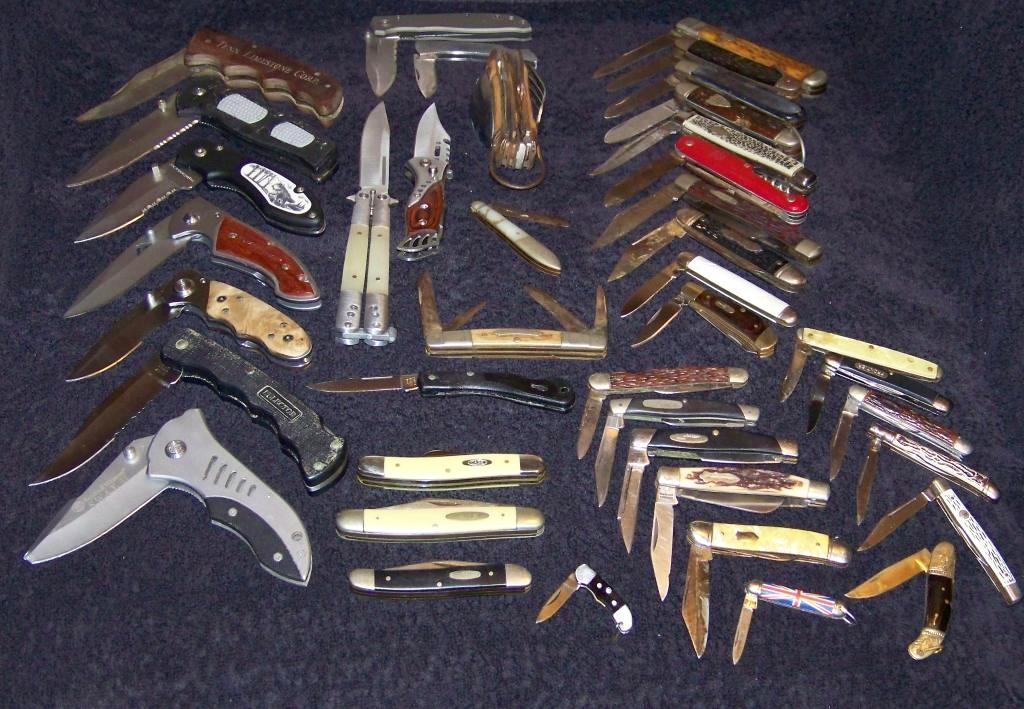|
Crop Scouting
Crop scouting is the process of precisely assessing pest pressure (typically insects) and crop performance to evaluate economic risk from pest infestations and disease, as well as to determine the potential effectiveness of pest and disease control interventions. Scouting is usually sold as a commercial service to farmers as part of Integrated pest management. New tools are available to increase the effectiveness of crop scouting, including specialized field instruments and handheld computers with GPS, enabling geotagging of crop problems. There exists a new generation of crop scouting systems that enables growers and crop consultants to precisely and accurately locate and tag crop issues, visualize them on an aerial map and make decisions for site-specific treatments. Preparation Before starting any actual scouting, preparation is essential to provide accurate information in an efficient manner. Crop scouting is an Integrated pest management strategy that looks at many differe ... [...More Info...] [...Related Items...] OR: [Wikipedia] [Google] [Baidu] |
Pest (organism)
A pest is any animal or plant harmful to humans or human concerns. The term is particularly used for creatures that damage crops, livestock, and forestry or cause a nuisance to people, especially in their homes. Humans have modified the environment for their own purposes and are intolerant of other creatures occupying the same space when their activities impact adversely on human objectives. Thus, an elephant is unobjectionable in its natural habitat but a pest when it tramples crops. Some animals are disliked because they bite or sting; snake Snakes are elongated, Limbless vertebrate, limbless, carnivore, carnivorous reptiles of the suborder Serpentes . Like all other Squamata, squamates, snakes are ectothermic, amniote vertebrates covered in overlapping Scale (zoology), scales. Ma ...s, wasps, ants, bed bugs, fleas and ticks belong in this category. Others enter the home; these include houseflies, which land on and contaminate food, beetles, which tunnel into the woodwor ... [...More Info...] [...Related Items...] OR: [Wikipedia] [Google] [Baidu] |
Soil Type
A soil type is a taxonomic unit in soil science. All soils that share a certain set of well-defined properties form a distinctive soil type. Soil type is a technical term of soil classification, the science that deals with the systematic categorization of soils. Every soil of the world belongs to a certain soil type. Soil type is an abstract term. In nature, you will not find soil types. You will find soils that belong to a certain soil type. In hierarchical soil classification systems, soil types mostly belong to the higher or intermediate level. A soil type can normally be subdivided into subtypes, and in many systems several soil types can be combined to entities of higher category. However, in the first classification system of the United States (Whitney, 1909), the soil type was the lowest level and the mapping unit. For the definition of soil types, some systems use primarily such characteristics that are the result of soil-forming processes (pedogenesis). An example is the ... [...More Info...] [...Related Items...] OR: [Wikipedia] [Google] [Baidu] |
Randomized
In common usage, randomness is the apparent or actual lack of pattern or predictability in events. A random sequence of events, symbols or steps often has no order and does not follow an intelligible pattern or combination. Individual random events are, by definition, unpredictable, but if the probability distribution is known, the frequency of different outcomes over repeated events (or "trials") is predictable.Strictly speaking, the frequency of an outcome will converge almost surely to a predictable value as the number of trials becomes arbitrarily large. Non-convergence or convergence to a different value is possible, but has probability zero. For example, when throwing two dice, the outcome of any particular roll is unpredictable, but a sum of 7 will tend to occur twice as often as 4. In this view, randomness is not haphazardness; it is a measure of uncertainty of an outcome. Randomness applies to concepts of chance, probability, and information entropy. The fields of ... [...More Info...] [...Related Items...] OR: [Wikipedia] [Google] [Baidu] |
Data Collection
Data collection or data gathering is the process of gathering and measuring information on targeted variables in an established system, which then enables one to answer relevant questions and evaluate outcomes. Data collection is a research component in all study fields, including physical science, physical and social sciences, humanities, and business. While methods vary by discipline, the emphasis on ensuring accurate and honest collection remains the same. The goal for all data collection is to capture quality evidence that allows analysis to lead to the formulation of convincing and credible answers to the questions that have been posed. Data collection and validation consists of four steps when it involves taking a census and seven steps when it involves sampling. Regardless of the field of or preference for defining data (Quantitative method, quantitative or Qualitative method, qualitative), accurate data collection is essential to maintain research integrity. The selectio ... [...More Info...] [...Related Items...] OR: [Wikipedia] [Google] [Baidu] |
Sample (statistics)
In statistics, quality assurance, and survey methodology, sampling is the selection of a subset (a statistical sample) of individuals from within a statistical population to estimate characteristics of the whole population. Statisticians attempt to collect samples that are representative of the population in question. Sampling has lower costs and faster data collection than measuring the entire population and can provide insights in cases where it is infeasible to measure an entire population. Each observation measures one or more properties (such as weight, location, colour or mass) of independent objects or individuals. In survey sampling, weights can be applied to the data to adjust for the sample design, particularly in stratified sampling. Results from probability theory and statistical theory are employed to guide the practice. In business and medical research, sampling is widely used for gathering information about a population. Acceptance sampling is used to determine ... [...More Info...] [...Related Items...] OR: [Wikipedia] [Google] [Baidu] |
Population Bottleneck
A population bottleneck or genetic bottleneck is a sharp reduction in the size of a population due to environmental events such as famines, earthquakes, floods, fires, disease, and droughts; or human activities such as specicide, widespread violence or intentional culling, and human population planning. Such events can reduce the variation in the gene pool of a population; thereafter, a smaller population, with a smaller genetic diversity, remains to pass on genes to future generations of offspring through sexual reproduction. Genetic diversity remains lower, increasing only when gene flow from another population occurs or very slowly increasing with time as random mutations occur. This results in a reduction in the robustness of the population and in its ability to adapt to and survive natural selection, selecting environmental changes, such as Climate change (general concept), climate change or a shift in available resources. Alternatively, if survivors of the bottleneck are the i ... [...More Info...] [...Related Items...] OR: [Wikipedia] [Google] [Baidu] |
Biological Life Cycle
In biology, a biological life cycle (or just life cycle or lifecycle when the biological context is clear) is a series of changes in form that an organism undergoes, returning to the starting state. "The concept is closely related to those of the life history, development and ontogeny, but differs from them in stressing renewal." Transitions of form may involve growth, asexual reproduction, or sexual reproduction. In some organisms, different "generations" of the species succeed each other during the life cycle. For plants and many algae, there are two multicellular stages, and the life cycle is referred to as alternation of generations. The term life history is often used, particularly for organisms such as the red algae which have three multicellular stages (or more), rather than two.Dixon, P.S. 1973. ''Biology of the Rhodophyta.'' Oliver & Boyd. Life cycles that include sexual reproduction involve alternating haploid (''n'') and diploid (2''n'') stages, i.e., a change of pl ... [...More Info...] [...Related Items...] OR: [Wikipedia] [Google] [Baidu] |
Shovel
A shovel is a tool used for digging, lifting, and moving bulk materials, such as soil, coal, gravel, snow, sand, or ore. Most shovels are hand tools consisting of a broad blade fixed to a medium-length handle. Shovel blades are usually made of sheet steel or hard plastics and are very strong. Shovel handles are usually made of wood (especially specific varieties such as ash or maple) or glass-reinforced plastic (fiberglass). Hand shovel blades made of sheet steel usually have a folded seam or hem at the back to make a socket for the handle. This fold also commonly provides extra rigidity to the blade. The handles are usually riveted in place. A T-piece is commonly fitted to the end of the handle to aid grip and control where the shovel is designed for moving soil and heavy materials. These designs can all be easily mass-produced. The term ''shovel'' also applies to larger excavating machines called power shovels, which serve the same purpose—digging, lifting, and moving mate ... [...More Info...] [...Related Items...] OR: [Wikipedia] [Google] [Baidu] |
Spade
A spade is a tool primarily for digging consisting of a long handle and blade, typically with the blade narrower and flatter than the common shovel. Early spades were made of riven wood or of animal bones (often shoulder blades). After the art of metalworking was developed, spades were made with sharper tips of metal. Before the introduction of metal spades manual labor was less efficient at moving earth, with picks being required to break up the soil in addition to a spade for moving the dirt. With a metal tip, a spade can both break and move the earth in most situations, increasing efficiency. A classic spade, with a narrow body and flat (or near flat) tip is suited for digging post holes, and is not to be confused with a "roundpoint" shovel, which has a wider body and tapered tip. Etymology English ''spade'' is from Old English ' (f.) or ' (m.). The same word is found in Old Frisian ' and Old Saxon '. High German ' only appears in Early Modern German, probably loaned from ... [...More Info...] [...Related Items...] OR: [Wikipedia] [Google] [Baidu] |
Tape Measure
A tape measure or measuring tape is a flexible ruler used to measure length or distance. It consists of a ribbon of cloth, plastic, fibre glass, or metal strip with linear measurement markings. It is a common measuring tool. Its design allows for a measure of great length to be easily carried in pocket or toolkit and permits one to measure around curves or corners. Today it is ubiquitous, even appearing in miniature form as a keychain fob, or novelty item. Surveyors use tape measures in lengths of over 100 m. Types There are two basic types of tape measures with cases: spring return pocket tape measures and long tape measures. Spring return pocket tape measures will generally fit in a pocket. They are small; the case is up to about three inches across. The tape is returned to the case by a spring mechanism. Pocket tape measures have a tape in length and across. A second tape measure design is what is called the long tape. These are cased tape measures with ... [...More Info...] [...Related Items...] OR: [Wikipedia] [Google] [Baidu] |
Insect
Insects (from Latin ') are pancrustacean hexapod invertebrates of the class Insecta. They are the largest group within the arthropod phylum. Insects have a chitinous exoskeleton, a three-part body ( head, thorax and abdomen), three pairs of jointed legs, compound eyes and one pair of antennae. Their blood is not totally contained in vessels; some circulates in an open cavity known as the haemocoel. Insects are the most diverse group of animals; they include more than a million described species and represent more than half of all known living organisms. The total number of extant species is estimated at between six and ten million; In: potentially over 90% of the animal life forms on Earth are insects. Insects may be found in nearly all environments, although only a small number of species reside in the oceans, which are dominated by another arthropod group, crustaceans, which recent research has indicated insects are nested within. Nearly all insects hatch from eggs. ... [...More Info...] [...Related Items...] OR: [Wikipedia] [Google] [Baidu] |
Pocketknife
A pocketknife is a knife with one or more blades that fold into the handle. They are also known as jackknives (jack-knife), folding knives, or may be referred to as a penknife, though a penknife may also be a specific kind of pocketknife. A typical blade length is . Pocketknives are versatile tools, and may be used for anything from whittling and woodcarving, to butchering small game, gutting and filleting small fish, aiding in the preparation of tinder and kindling for fires, boring holes in soft material, to opening an envelope, cutting twine, slicing a piece of fruit or as a means of self-defense. Specialised designs are also used for mushroom hunting and gardening. Pocketknives designed for gardening include pruning knives, which are folding knives with long curved blades used for pruning, trimming cuttings, taking buds and preparing material for grafting. History The earliest known pocketknives date to at least the early Iron Age. A pocketknife with a bone handl ... [...More Info...] [...Related Items...] OR: [Wikipedia] [Google] [Baidu] |






